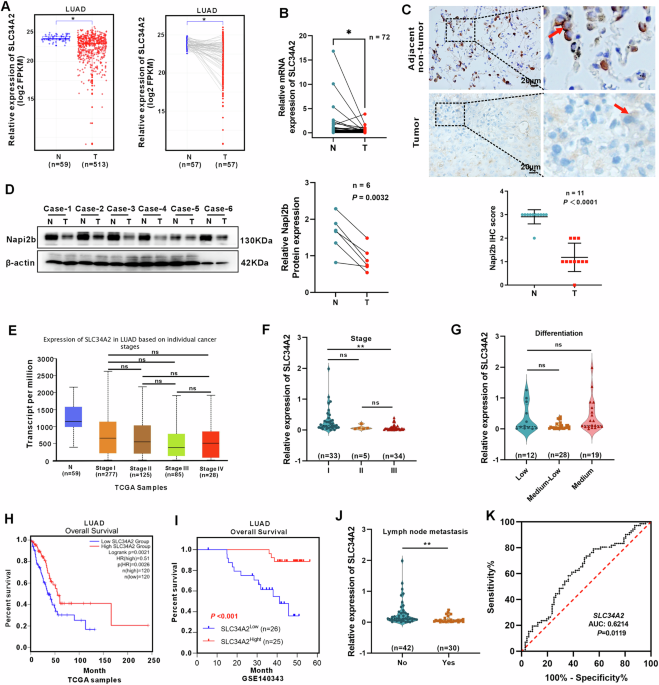Guide to Japanese Supermarket in Tokyo: 10 Places to Buy Food
Despite all the good of convenience stores, sometimes what we need is just not there. And if you want to survive in Japan, you should know about the Japanese supermarket, because chances are, you’ll be spending a lot of time in them to find ingredients for your next meal or to get necessary household items.
Whether you’re a resident or a traveler, this guide will introduce you to what to expect at Japanese supermarkets, highlight major supermarket chains, and help you navigate grocery shopping in Japan.
To get you started, here are 10 of the best grocery stores in Tokyo where you’re most likely to find what you’re looking for.
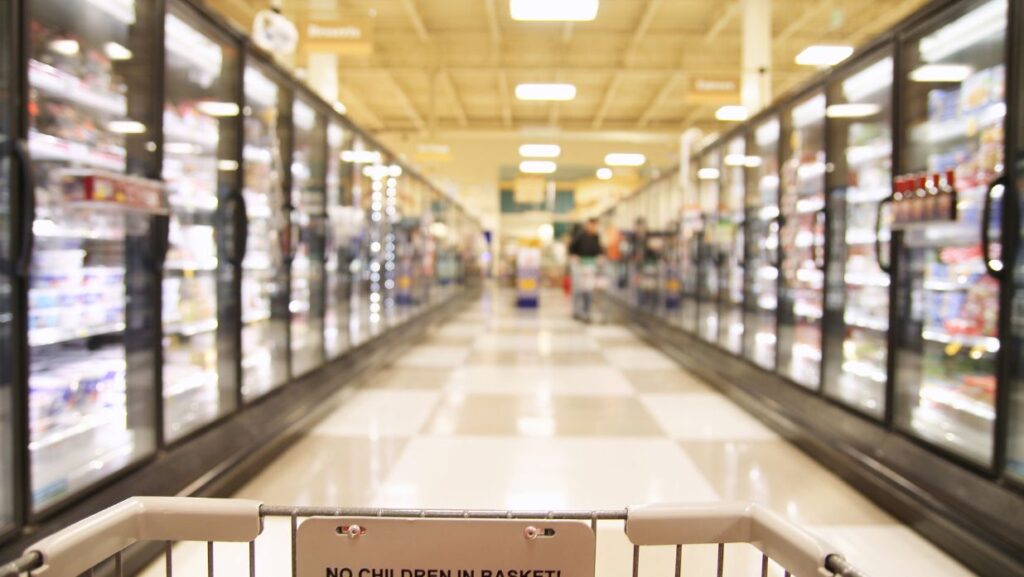
There are many different supermarket chains across Japan, and, unsurprisingly, much like Japanese convenience stores, some of them are region-specific.
Japanese supermarkets serve the same essential purpose as supermarkets anywhere else in the world, but with a few unique twists that make shopping here a different experience. Here are some things that set them apart:
Supermarkets in Japan are well-known for their ready-made meals, or “sozai”. From packed bentos and fresh sushi sets to store-made yakitori and fried dishes, you’ll find a variety of convenient options for any meal of the day.
One tip: come in the evening! Most supermarkets start marking down their unsold bentos and prepared foods before closing, usually around 7 PM. Discounts start at 10–20% and can go as high as 50–70% closer to closing time. It’s a popular trick among budget-conscious shoppers.
In some countries, grocery shopping can be a monthly thing. In Japan, grocery shopping tends to be a more frequent, smaller-scale activity. Many people shop every few days rather than weekly. As a result, baskets and carts are more compact.
Most shoppers use a plastic basket, which neatly fits into a specially designed cart. At checkout, the cashier will scan items directly from the basket and then transfer them into a fresh one for you to pack, making the whole process quick and efficient.
Unlike convenience stores, Japanese supermarkets usually close by 9 or 10 pm. It’s worth noting if you’re used to late-night grocery runs.
Want to “shop until you drop” in Japan? Check out the common Japanese shopping phrases.
If you’re staying in Japan for a while, don’t overlook the value of point cards! Many major supermarket chains offer their own loyalty programs. You can often earn 1 point for every ¥100 spent, and accumulated points can be used as yen at checkout.
Some stores also partner with major reward systems like Rakuten Points or d POINT, letting you earn even more if you use a compatible credit card or app.
To register, head to the customer service counter, fill out a short form (you may need ID, like your residence card), and your card will be issued on the spot.
Want to know more about supermarkets in Japan? Learn how to read Japanese food labels or describe a food in Japanese!
In Japanese, “supermarket” is written as (suupaa maaketto). This is a borrowed from English, and it’s completely understood by locals.
But in everyday life, Japanese people almost always shorten it to (suupaa).
Read more: Japanese Loanwords That Don’t Come from English
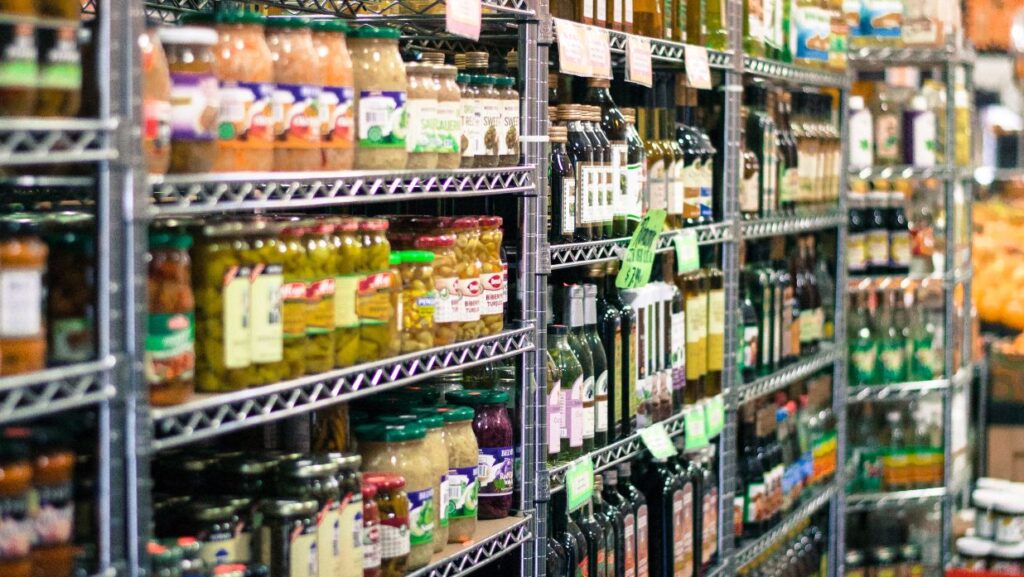
Located in Azabu-Juban, one of the more upscale neighborhoods in Tokyo to live in, National Azabu is a premium international supermarket focusing on global products. It’s loved by expats because it sells everything from Aussie beef and German sausages to Mexican taco kits, Indian spices, Indonesian instant noodles, and European cheeses.
The store also has quality local produce. In the fruits and vegetables section, items sourced from Japan are clearly labeled with the name of their prefecture in English, along with a number that corresponds to a map displayed on the wall. This unique system lets shoppers trace exactly where their produce comes from.
National Azabu offers free home delivery for orders over ¥5,000 (or a ¥550 fee for smaller orders). Delivery areas and details can be checked directly on their website.
Cons: As a high-end supermarket, prices are on the expensive side—but for many, the quality and selection make it worth it.
Maruetsu is one of Japan’s widely accessible supermarket chains. The store offers a large variety of packaged and manufactured foods. Think canned goods, instant noodles, sauces, and snack foods. A significant portion of the store is dedicated to these items, and you can occasionally find imported products, such as Johnsonville sausages.
However, the fresh food sections are more limited. The variety of fruits and vegetables is relatively small, and the quality can be inconsistent. Meat and seafood selections are also quite basic, but the grocery store is a great option if you are looking for everyday essentials rather than fresh ingredients for cooking elaborate meals.
Limited and sometimes low-quality fresh produce, meat, and seafood
While Japan does have Costco, it’s not as common as in the U.S. Most locations are far from city centers and require a car to access, which can be inconvenient for those without a Japanese driver’s license. That’s where Gyomu Super comes in as a great budget-friendly alternative.
Known for its wide selection of imported goods at low prices, Gyomu Super offers a variety of frozen foods, many from Korea, as well as affordable frozen fruits and bulk items. While it doesn’t match Costco in volume, you can still find good-sized quantities for everyday use.
Cons: The main drawback is that Gyomu Super has a limited selection of fresh produce, vegetables, and meat. So, it’s best used alongside a local supermarket if you’re looking for fresh ingredients.
Think of Kaldi as the more premium, curated cousin of Gyomu Super. Specializing in imported goods, Kaldi offers a wide range of higher-quality international products, from European cheeses and Italian olives to cured meats and Thai jasmine rice. The baking section is particularly impressive, with unique items like marshmallow fluff, ladyfingers, American pumpkin puree, and imported spreads.
While Kaldi is best known for its food selection, it actually started as a coffee specialty store. Near the register, you’ll find a display of coffee beans that can be ground fresh to order.
One of Kaldi’s biggest advantages is location; stores are often conveniently found in train stations, shopping malls, or urban centers, making it easy to stop by during errands or commutes.
Cons: Kaldi stores are often quite cramped and crowded. While they stock a wide variety of items, the selection for each product is usually limited, so you may not always find exactly what you’re looking for.
Love coffee? Check out how to order coffee in Japanese.
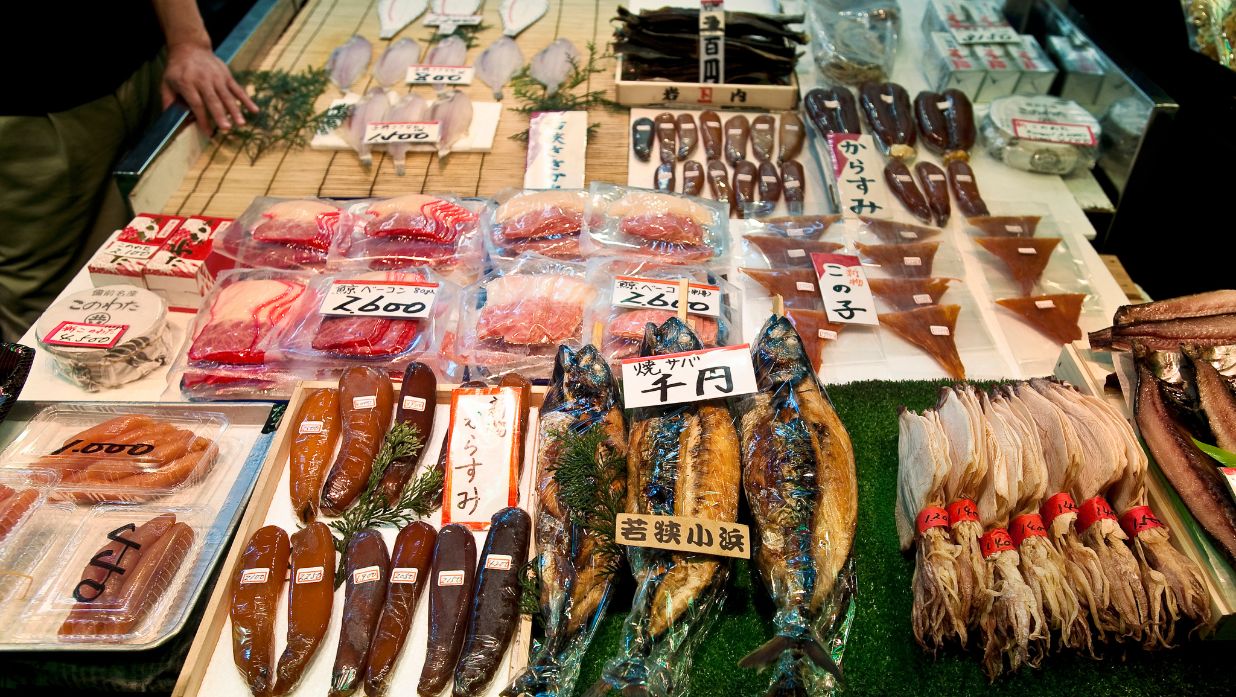
AEON supermarket is widely available around Japan and the world, having about 19,200 stores. This supermarket has different types, and one of them is AEON My Basket, a small-sized supermarket that has most kitchen essentials available.
One of the biggest AEON supermarkets in Tokyo is in Shinjuku, Yokohama, and Shinonome near Odaiba.
9:00/10:00 AM – 10:00/11:00 PM
Services they offer:
After finishing your payment, bring your passport, receipts, and purchased goods to the Service Counter (AEON store).
Business hours and service hours of tax exemption may differ.
You are eligible to receive tax-free service only if:
We have a multilingual video interpreting service through smartphones and tablets carried by employees. The following 10 languages are supported:
Cashing of Japanese yen with your overseas-issued card is possible at AEON Supermarket. The types of credit cards and cash cards that can be used are :
You can exchange money easily through this currency exchange machine. Exchangeable currencies are:
OK Store is a popular discount supermarket chain in Japan, especially known in the Kanto region (Tokyo, Kanagawa, Chiba, Saitama). It’s designed to offer high-quality products at low prices, aiming to be a “supermarket for professionals” — meaning serious about both price and quality.
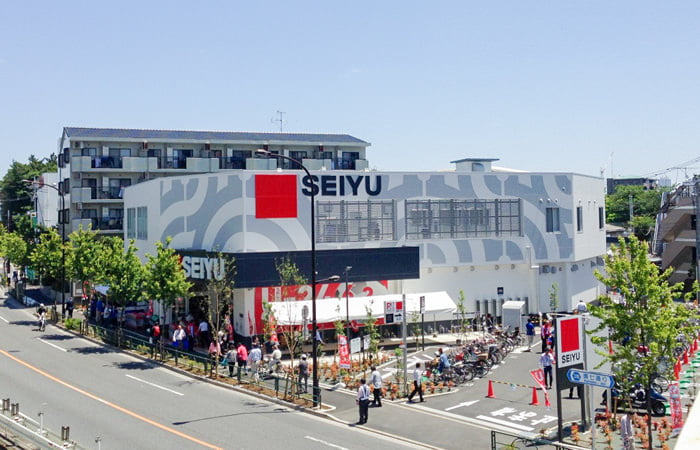
Seiyu is a very popular and well-known supermarket in Japan, having more than 300 stores around the country.
Perhaps, you can imagine that there is a Seiyu supermarket nearby almost all major train stations in Tokyo. Seiyu offers a wide range of products and is known for its affordable meat availability.
If you are looking for different kinds of home cooks, Seiyu would have most of them available!
24 hours (may depend on stores)
Services they offer:
By downloading the Seiyu Application, you will be able to receive discount coupons.
They offer smart wallet payment methods: Rakuten Pay, PayPay, and Line Pay.
This payment may not be available in some stores and is limited when buying: gift certificates, maker gift coupons, prepaid cards, Seiyu shopping cards, iTunes gift cards, stamps, New Year’s greetings postcards, refuse disposal tickets, household appliances recycling tickets, and payment of donations.
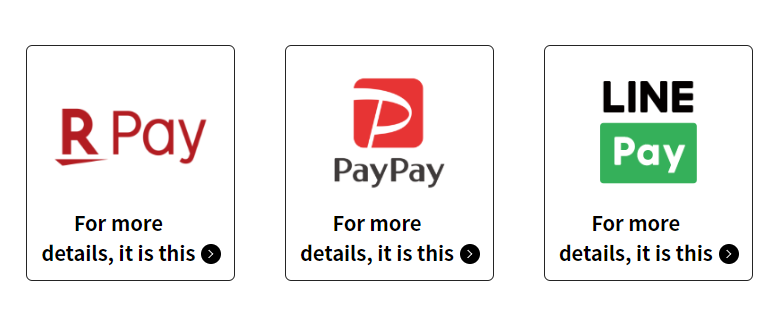
Partnering with Rakuten, you can order “Every day low-priced products” of Seiyu anytime through a smartphone and PC. They offer a free annual registration fee and free delivery service above a certain amount of purchase.
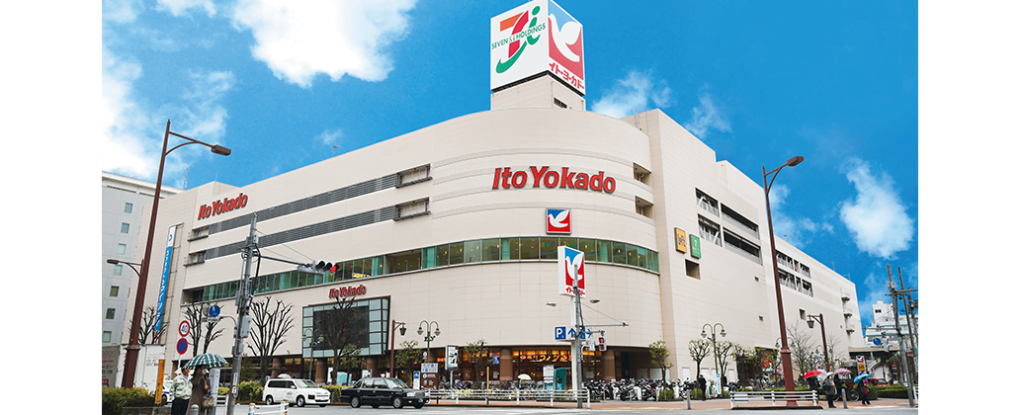
Wide range of products including groceries, fashion, and household goods.
Fewer locations compared to Aeon or Seiyu, depending on the region.
Ito-Yokado is one of the largest supermarket chains in Japan, but it is far more than just a supermarket. It could be considered as an ultimate one-stop shopping mall in Japan.
At Ito-Yakado, you can buy everything, including food and drinks, cosmetics and drugs, living goods, fashion items, and other high-quality products that are only available in Japan.
Ito Yokado stores in Tokyo are located in the family-friendly areas on the outskirts of the city.
Services they offer:
To receive tax-free service, bring your passport, receipt, and purchased items within working hours of the day of purchase.
You are eligible to receive tax-free service only if:
Ito-Yokado has ATMs that accept non-Japanese bank cards. If your bank or credit card has the following logo, you can withdraw Japanese yen directly from our ATM.
Language options of the Seven Bank ATM
Japanese, English, simplified Chinese, traditional Chinese, Korean, Thai, Malay, Indonesian, Vietnamese, French, German, Portuguese
Card Accepted by Seven Bank ATM:

Ito-Yokado offers flexible payment methods, from credit cards to prepaid transportation IC cards. These are the following payment methods available:
You can refer to this link to find Ito-Yokado supermarkets in Tokyo: https://www.itoyokado.co.jp/special/global/en/shops/tokyo/

Life is also one of the largest supermarkets in Japan, with easy accessibility. It has a variety of both fresh and manufactured goods, so if you are looking for home cook materials, Life supermarket would have most of them available!
The operating hours differ by the stores, so don’t forget to check the operating hours before visiting. One interesting thing about Life supermarket is that it has teamed up with Amazon Japan to sell fresh goods to online shopping customers.
If you have no time to visit, buying from Amazon Japan could be another option for you.
Services they offer:
They offer ネットスーパー (Net Supermarket) service for you to do grocery shopping from home by just using smartphones or tablets. From choosing the best quality to delivering door-to-door, click this link to do online shopping at Life Supermarket.
They offer smart wallet payment methods: . All you need is your smartphone to pay
No more wallets! Easy & smart payments with only your smartphone.
Click on this link for the list of Life supermarkets in Tokyo.
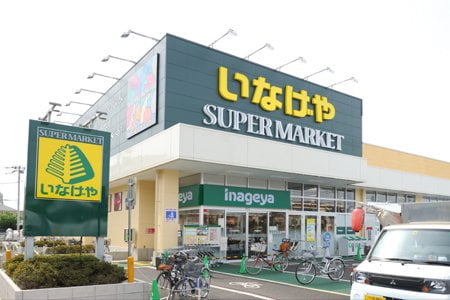
- Neighborhood-focused with fresh produce and good customer service.
- Smaller scale and less competitive pricing than national chains.
Inageya is a prominent grocery store in Tokyo. This supermarket is well known for its freshness of vegetables, fruits, and also bread. In addition, they also sell a few kitchen’s basic tools, such as pans or cooking utensils.
So, if you need to buy both kitchen tools and groceries, Inageya would be right for you! Depending on the stores, it may vary, but usually from 9:00 AM to 22:00 PM.Try checking the operating hours before visiting.
Unlike other supermarket online shopping systems, Inageya offers three different online shopping sites: Inageya Online Shop, Inageya PayPay Mall, and Inageya Rakuten. Check out this link to a list of Inageya supermarkets in Tokyo.
Knowing where to shop is great, but knowing how to ask questions and understand the cashier makes all the difference. At , we help you build the practical Japanese skills you need for everyday life in Japan. Whether you’re navigating a supermarket, ordering lunch, or chatting with locals, our fun and flexible classes are designed with expats in mind.
We offer both part-time and intensive courses, so you can choose what fits your schedule best!
Aeon is one of the largest and most widespread supermarket chains in Japan.
OK Store is known as one of the cheapest supermarkets in Japan, offering low prices on everyday goods.
The four main supermarkets in Japan are Aeon, Seiyu, Ito-Yokado, and Life.
Life supermarket offers reasonable prices with frequent discounts, but it’s not considered the absolute cheapest.










